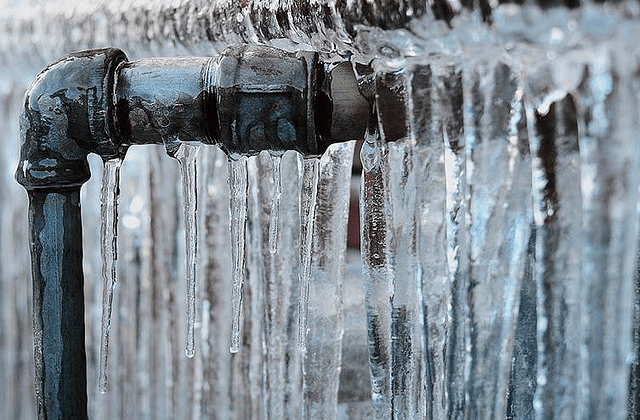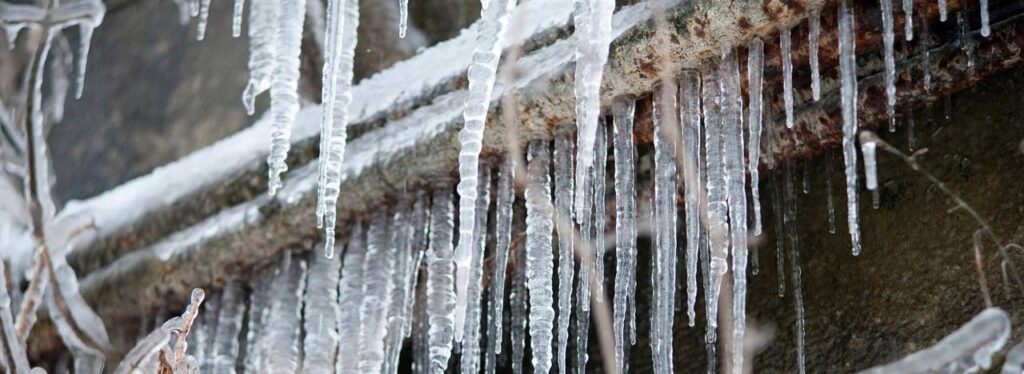Tips to Protect Your Pipes from Freezing: Specialist Tips
Tips to Protect Your Pipes from Freezing: Specialist Tips
Blog Article
This great article further down involving How to prepare your home plumbing for winter weather is amazingly informative. Check it out yourself and decide what you think of it.

Winter can ruin your plumbing, especially by freezing pipes. Right here's exactly how to stop it from taking place and what to do if it does.
Intro
As temperatures decline, the risk of frozen pipes boosts, potentially resulting in pricey repair services and water damages. Comprehending just how to stop icy pipelines is essential for home owners in cold environments.
Understanding Frozen Pipes
What creates pipelines to ice up?
Pipelines ice up when subjected to temperature levels below 32 ° F (0 ° C) for prolonged durations. As water inside the pipes ices up, it expands, taxing the pipe wall surfaces and possibly triggering them to break.
Threats and problems
Frozen pipes can bring about supply of water disturbances, residential property damages, and expensive repair work. Ruptured pipelines can flood homes and trigger substantial architectural damage.
Indicators of Frozen Piping
Recognizing icy pipes early can prevent them from breaking.
Exactly how to identify frozen pipes
Search for lowered water circulation from faucets, unusual smells or sounds from pipes, and visible frost on subjected pipelines.
Prevention Tips
Shielding at risk pipelines
Cover pipelines in insulation sleeves or make use of warm tape to shield them from freezing temperature levels. Concentrate on pipelines in unheated or exterior locations of the home.
Heating strategies
Keep indoor rooms properly heated up, specifically areas with plumbing. Open up closet doors to allow cozy air to flow around pipelines under sinks.
Protecting Outdoor Plumbing
Yard hose pipes and outdoor faucets
Detach and drain pipes yard tubes before winter season. Set up frost-proof faucets or cover outside faucets with protected caps.
What to Do If Your Pipes Freeze
Immediate activities to take
If you presume frozen pipes, keep faucets available to alleviate pressure as the ice melts. Use a hairdryer or towels taken in warm water to thaw pipelines gradually.
Long-Term Solutions
Structural adjustments
Consider rerouting pipelines far from outside wall surfaces or unheated areas. Include added insulation to attics, basements, and crawl spaces.
Upgrading insulation
Invest in top quality insulation for pipes, attics, and wall surfaces. Appropriate insulation helps keep consistent temperature levels and minimizes the threat of icy pipelines.
Conclusion
Stopping icy pipelines requires aggressive steps and fast responses. By comprehending the reasons, indicators, and safety nets, homeowners can safeguard their pipes throughout cold weather.
5 Ways to Prevent Frozen Pipes
Drain Outdoor Faucets and Disconnect Hoses
First, close the shut-off valve that controls the flow of water in the pipe to your outdoor faucet. Then, head outside to disconnect and drain your hose and open the outdoor faucet to allow the water to completely drain out of the line. Turn off the faucet when done. Finally, head back to the shut-off valve and drain the remaining water inside the pipe into a bucket or container. Additionally, if you have a home irrigation system, you should consider hiring an expert to clear the system of water each year.
Insulate Pipes
One of the best and most cost-effective methods for preventing frozen water pipes is to wrap your pipes with insulation. This is especially important for areas in your home that aren’t exposed to heat, such as an attic. We suggest using foam sleeves, which can typically be found at your local hardware store.
Keep Heat Running at 65
Your pipes are located inside your walls, and the temperature there is much colder than the rest of the house. To prevent your pipes from freezing, The Insurance Information Institute suggests that you keep your home heated to at least 65 degrees, even when traveling. You may want to invest in smart devices that can keep an eye on the temperature in your home while you’re away.
Leave Water Dripping
Moving water — even a small trickle — can prevent ice from forming inside your pipes. When freezing temps are imminent, start a drip of water from all faucets that serve exposed pipes. Leaving a few faucets running will also help relieve pressure inside the pipes and help prevent a rupture if the water inside freezes.
Open Cupboard Doors
Warm your kitchen and bathroom pipes by opening cupboards and vanities. You should also leave your interior doors ajar to help warm air circulate evenly throughout your home.

As an avid reader about Helpful Tips to Prevent Frozen Pipes this Winter, I imagined sharing that piece of content was sensible. Enjoyed our article? Please quickly share it. Help another person check it out. Many thanks for being here. Kindly visit our website back soon.
Rates Report this page